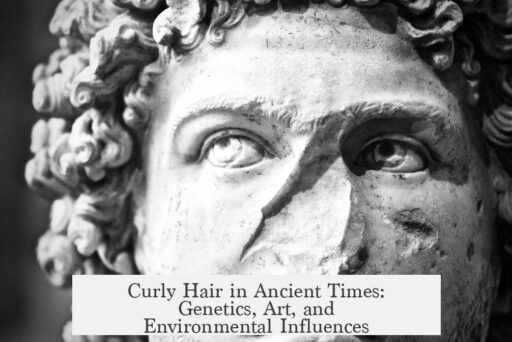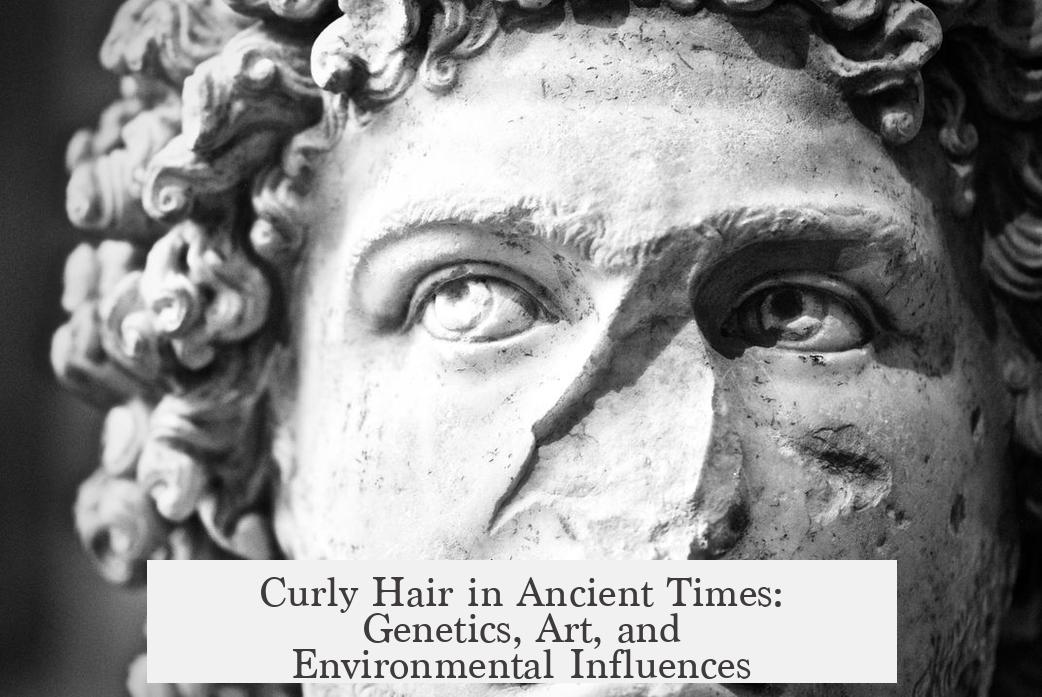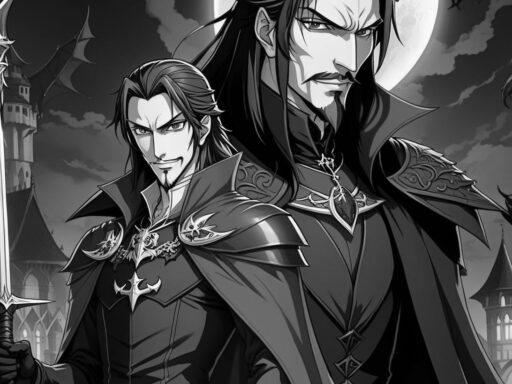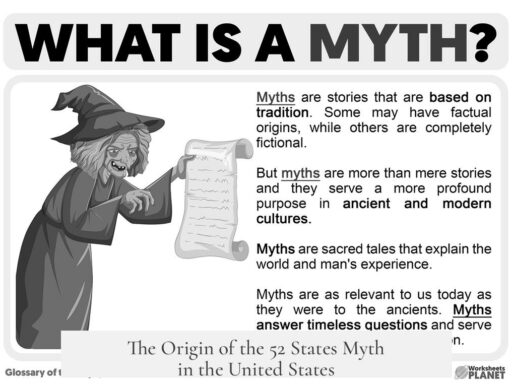The prevalence of curly hair in ancient times largely reflects the ethnic, genetic, and environmental realities of Mediterranean and surrounding populations. This characteristic appears frequently in artworks and sculptures of Romans, Greeks, Egyptians, and others because many individuals naturally had curly or wavy hair. Their genetic heritage favored these hair textures more than straight hair.
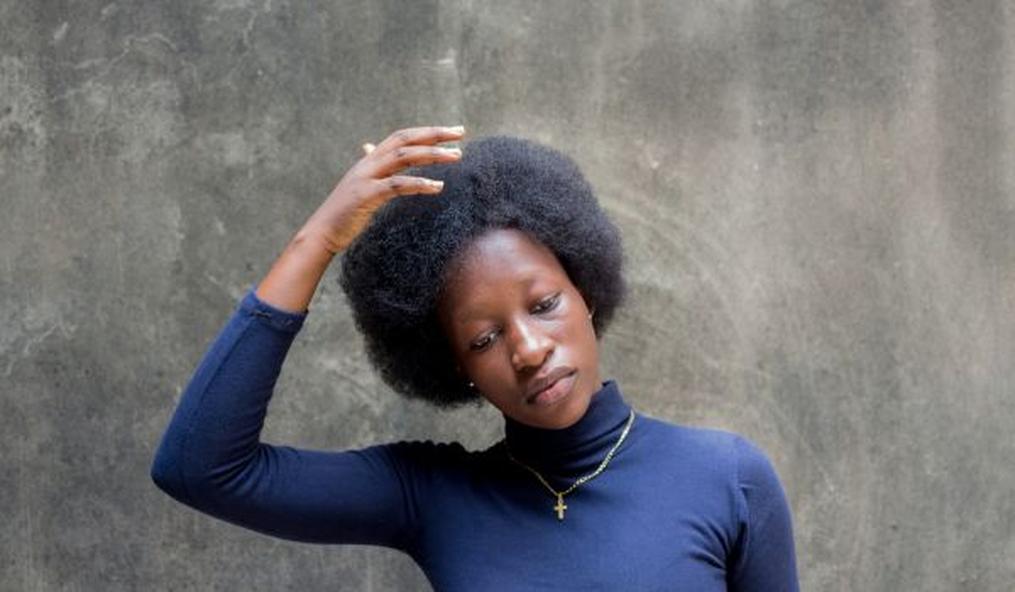
Genetics play a key role in hair texture. Curly and wavy hair are common worldwide, with some studies estimating about 65% of the global population has these hair types. Ancient Mediterranean groups commonly displayed these traits, making curly hair the norm rather than the exception. Populations such as the ancient Greeks and Romans often had naturally textured hair, matching what is seen in their statues and reliefs.
Artistic choices also influenced how hair was depicted. Sculptors often idealized hair to represent beauty or status. Wavy or curly hair added visual interest and technical challenge to sculptures, demonstrating the artist’s skill. For example, Greek classical figures typically feature wavy hair, which symbolized vitality and sophistication. Romans sometimes favored shorter, straighter styles but still depicted waves or curls to show a sense of realism and human appeal.

Some representations were inspired by cultural icons. Alexander the Great, known for his wavy hair, became a model for greatness. Elite individuals in the ancient world who could afford personal busts often chose hairstyles linked to admiration or power, contributing to the artistic emphasis on textured hair.
Hair styling techniques expanded natural curls or waves further. Roman women used heated tools called calamistrums to curl hair artificially, showing that curls were fashionable and desired. Perming hair and other methods of manipulating hair texture have existed for thousands of years. Ancient hair treatments also included pigments and oils to maintain and enhance the look.

Environmental factors contributed to curly hair’s prevalence. In the Mediterranean, humid air and lack of climate control indoors meant hair was exposed to moisture that encouraged curls and waves. Intense sunlight in these sunny regions favored curly hair, which provides better UV protection than straight hair by shielding the scalp and skin underneath effectively.
Historical population mixing enriched this diversity. The Mediterranean served as a crossroads where Greeks, Romans, Egyptians, North Africans, Arabs, and others intermingled culturally and genetically. This created a dynamic blend of hair textures, predominantly leaning toward wavy and curly naturally.
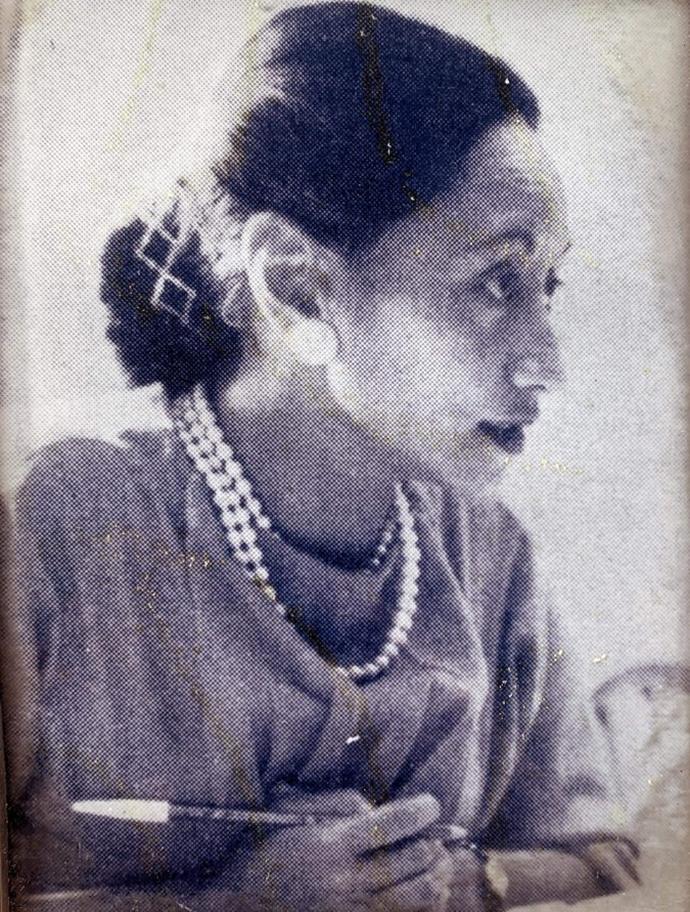
Modern trends contrast notably. Today, many people with curly or wavy hair straighten it due to fashion and product availability. Straight hair is often seen as the standard, especially in Western media. This trend has led to an underestimation of the true number of people with naturally curly hair, although it remains quite common worldwide.
Regional differences persist. For instance, ancient Japanese art shows mostly straight hair consistent with East Asian hair genetics. European populations show variation; ancient Roman art presents a majority with textured hair, but also some straighter hairstyles. The physical traits of populations strongly shaped hair representation in art and daily life.
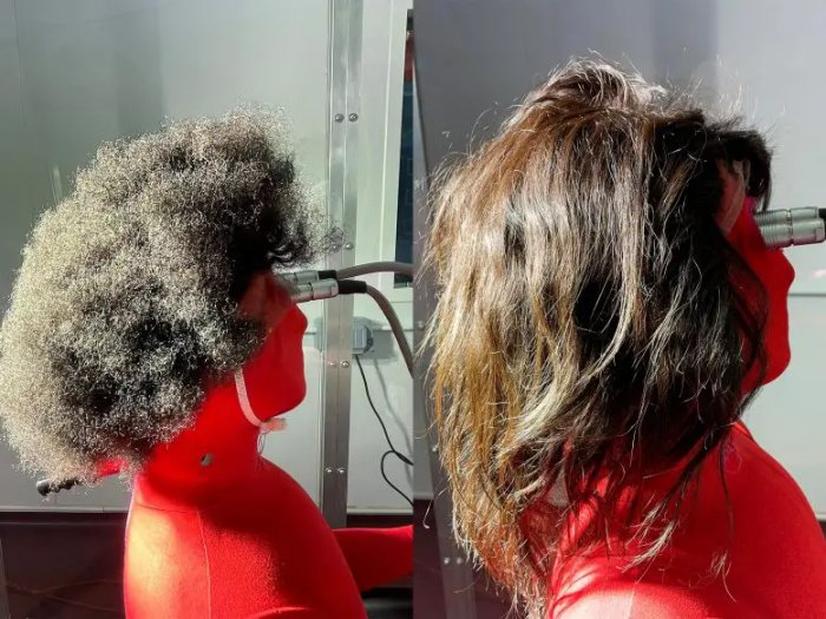
Key points explaining the prevalence of curly hair in ancient times:
- Genetic heritage of Mediterranean and nearby peoples favored curly/wavy hair.
- Artistic depictions highlighted culturally admired hair textures, often idealized.
- Ancient hairstyling tools enhanced curls beyond natural hair.
- Environmental factors like humidity and sunlight encouraged curly hair’s functionality.
- Historical population mixing in the Mediterranean increased diversity and prevalence.
- Modern hair-care trends mask the true extent of curly hair today.
Why So Many People Had Curly Hair in Ancient Times?

It’s mainly because curly hair was the natural, common genetic trait of many ancient Mediterranean peoples. Greeks, Romans, Egyptians—and others—often had curly or wavy hair due to their ethnic backgrounds. But wait, it’s not just genes playing their tunes. Plenty of other reasons dance behind the scenes. Let’s unwrap this curly enigma.
Ever wondered why the statues of old show those luscious curls, the waves that seem frozen in marble? And why do modern-day curlers struggle so much to get similar texture without an arsenal of heat tools and serums? Let’s take a stroll through history, culture, and science to figure this out.

Ethnicity and Genes: The Grandmother of Hair Texture
Imagine a Roman or Greek street scene thousands of years ago. The people you’d see mostly sport curly or wavy hair—not by accident, but because curly hair was the norm, not the exception. In fact, hair texture is a clear genetic trait. Curly and wavy hair types dominate global populations, making straight locks relatively less common worldwide.
Roman and Greek sculptures often reflect this. Many ancient statues display curls or waves because they were mirroring what was genetically typical in their societies. Egyptians, too, had a majority sporting curly hair, as attested by both statues and written records.
So, it wasn’t just an artistic choice—it was a case of “artists show what they see.” Curly hair was widespread enough that to carve marble with straight hair—that was the unusual style, almost like people today trying to sculpt someone with a mohawk or an afro.
Art and Idealization: Sculptors on a Curl Quest
But it wasn’t just biology. Ancient artists had flair—and curly hair was a headline act in statues and busts. Wavy hair, especially, appeared in Classical Greek art, and Roman sculptures favored moderately short, often straight hair but sprinkled with plenty of waves here and there. Wavy and curly hair added texture, drama, and lifelike detail to their works—much harder to carve, which probably made it a bit of a pride project for the sculptors.
Tales about Alexander the Great show the power of curls, or rather, waves. Alexander’s famously wavy hair became a symbol of greatness. People commissioning their busts often mimicked his hairstyle, because nothing says “I’m a big deal” like having a great hair day immortalized in marble.
So the curls weren’t just natural but style statements, reflecting power, beauty, and status. Plus, the ancients embraced their natural textures more openly than many people today. They believed well-kept curls were attractive without endless straightening battles.
Tools of the Trade: Ancient Curl Makers
If you think perms and curling irons are modern inventions, think again. Romans had a workout called the calamistrum, essentially a hot iron for curling hair using heated metal rods warmed over ashes. Women (and men) often styled their hair deliberately into curls or waves. So, not every curl was natural, but many were enhanced. Fashion was alive and well in ancient hair care.
So when you suspect all those perfect curls on statues must have been natural, it’s partly true—but partly the result of careful grooming and early hairstyling techniques. Ancient people loved their curls as much as some modern-day folks love their hair straightened.
Environmental Factors: When Climate Styles Your Hair
Curly hair might also owe some gratitude to the climate. The Mediterranean is famously sunny and humid enough to make hair do its own thing. Ancient homes didn’t have modern air conditioning, so moisture from the environment played a role in hair texture, making curls and waves spring up naturally.
Curly hair also offered a practical advantage: UV protection. Think of curls as nature’s built-in umbrella against the relentless Mediterranean sun. Straight hair lets sunlight directly fry your scalp, but curls create a protective shield, reducing damage from UV rays. It’s a natural defense mechanism that’s still relevant today.
The Mediterranean Melting Pot: Mixing Curls and Cultures
The Mediterranean was a hotspot for cultural mixing. Think Greeks, Romans, Egyptians, Arabs, and North Africans all mingling and sharing their genes. This blend created a population where curly or wavy hair wasn’t just common—it was practically the standard.
Historically, the intermingling of these groups meant there was plenty of genetic sharing contributing to hair texture diversity. Curly hair was the rule, not the exception. In fact, in places like Sicily, people often joked about hair so curly it was “curly as a mofo,” capturing that proud curl heritage.
Why Does Curly Hair Seem So Rare Today?
Here’s the plot twist: we actually have more curly-haired people around than we think. Modern fashion trends lean heavily toward straight hair, especially in the last 50 years. Chemical relaxers, blowouts, and flat irons dominate the hair scene. People with natural curls often feel pressure to straighten, making it look like curls are rare when in reality, they’re hiding behind silicone serums and heat protectants.
On forums like r/curlyhair, many people admit they’re clueless about caring for their natural ringlets. Modern hair products mainly cater to straight or slightly wavy hair, leaving curl care in the shadows for many decades. Sounds like we’re in the middle of a curly hair renaissance, relearning how generations past rocked their texture with pride and panache.
Estimates say about 65% of the world population has curly or wavy hair. Ancient statues were just reflecting that truth, not exaggerating it. Ancient people didn’t have to battle frizz; they embraced hair for what it was.
So, What’s the Takeaway?
- Curly hair was—and is—a genetic gift prevalent in ancient Mediterranean populations.
- Artists emphasized and idealized these curls, associating them with beauty, power, and status.
- Ancients used early hair tools and styling to perfect or enhance their natural curls.
- The environment, with Mediterranean humidity and UV exposure, likely encouraged and protected curly hair.
- The cultural melting pot of the Mediterranean ensured curls were everywhere, mixing and mingling with history.
- Modern straight-hair trends hide the fact that curls are still common worldwide.
Next time you admire a Roman bust with those tight curls or flip through a Greek vase showing wavy locks, remember—they were capturing reality, the curls of their own people, rather than a fantasy hairstyle. And if you have curls today, congrats—you’re carrying a strand of ancient history right on your head.
So, why so many people with curly hair in ancient times? Because curly hair was the star of the genetic show, enhanced by art, culture, and environment. Mother Nature and marble agree: curls are classic.
